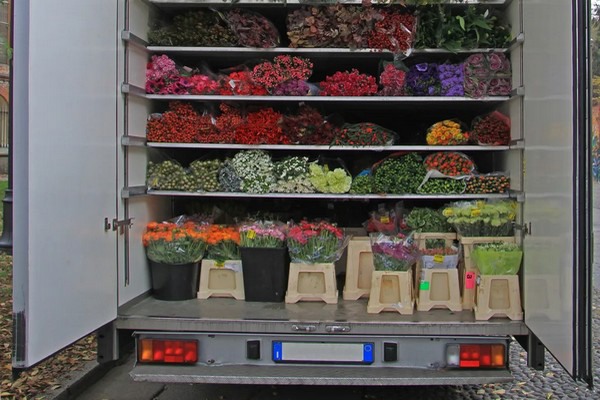Conditions for shipping plants need to be ideal for them to survive transit. Since they are living things, they need to have the right amount of food and water for the duration of the trip, and they must be handled carefully to avoid damage. Implementing the right plant packaging for shipping can ensure all of the plant's needs are met and the plant survives shipping without damage. In this article, Temkin PPC describes the importance of proper plant packaging for shipping.

Factors to consider when choosing plant packaging
The type of plant
When considering which plant packaging to implement for shipping, you need to address what kind of plant you are shipping. Each plant has unique packaging requirements that need to be accounted for. "For example, tropical plants, like orchids, will need insulation against colder weather, while cut flowers will need to be kept in a damp environment and waterproof packaging to accommodate."
Shipping distance
It is important to know how long your plants will be on the road and what conditions they might endure. "The plants need to have the right amount of food and water for the entirety of their trip, and they need to be secured in a way that will keep them safe from certain conditions. Weather plays an important role in considering what plant packaging you use for shipping. If you plan to transport plants during winter months, it is crucial that you understand how cold and wet the trip may potentially be so you can properly protect your plants with insulation or waterproofing measures."
Common plant packaging options
Pots and containers
"Pots and containers for plant shipping provide a good layer of protection for the plant's roots. This ensures that your plant is well-protected throughout its transportation journey. It is also easier to keep the plants moist when shipping them in a pot because the soil will retain water within the container."
Unfortunately, there are some challenges when it comes to shipping plants in pots and containers. "Generally, shipping will cost more because the containers take up more space and weigh more than bare-rooted plants, so it is important to weigh the cost with how delicate the plant's roots are."
Wrapped in cellophane and placed inside a box
Wrapping plants in cellophane and shipping them in corrugated boxes is one of the most popular ways to ship plants. "Bare-rooted plants should be wrapped in a moist paper towel or other paper product and then wrapped in cellophane to retain moisture. Corrugated boxes provide the plant with the protection it needs while still allowing the necessary airflow. This shipping method is also more affordable since you are only paying to ship the plant, not the pot or the soil. Sometimes, however, the roots can be damaged during this shipping process as they are exposed rather than being protected by a sturdy pot. Typically, this isn't too much of a concern, but it is a possibility that should be considered."
Tips for safe plant packaging
According to Temking PPC, there are a few tips to ensure your plant makes it to its final destination in pristine condition.
Choose the right packaging
"Take into consideration what type of plant you are shipping and how long your plant will be in transit. Both of these factors will contribute to you deciding what the right plant packaging is. Shipping your plants with a pot or container can provide additional protection for the roots of your plant, while cellophane wrapping and corrugated boxes provide adequate protection while saving shipping costs."
Use adequate padding and protection
"Regardless of what plant packaging you choose, you need to be sure to implement the proper padding and protection. Plants are fragile, and if they are not adequately protected during transit, they will arrive damaged or dead. Cardboard dividers can be added around the stems of plants or around the pot to prevent movement and damage, and you can fill void spaces with newspaper or shredded cardboard."
For more information:
Temkin PPC
Tel.: +1 800 235 5263
www.gotemkin.com
